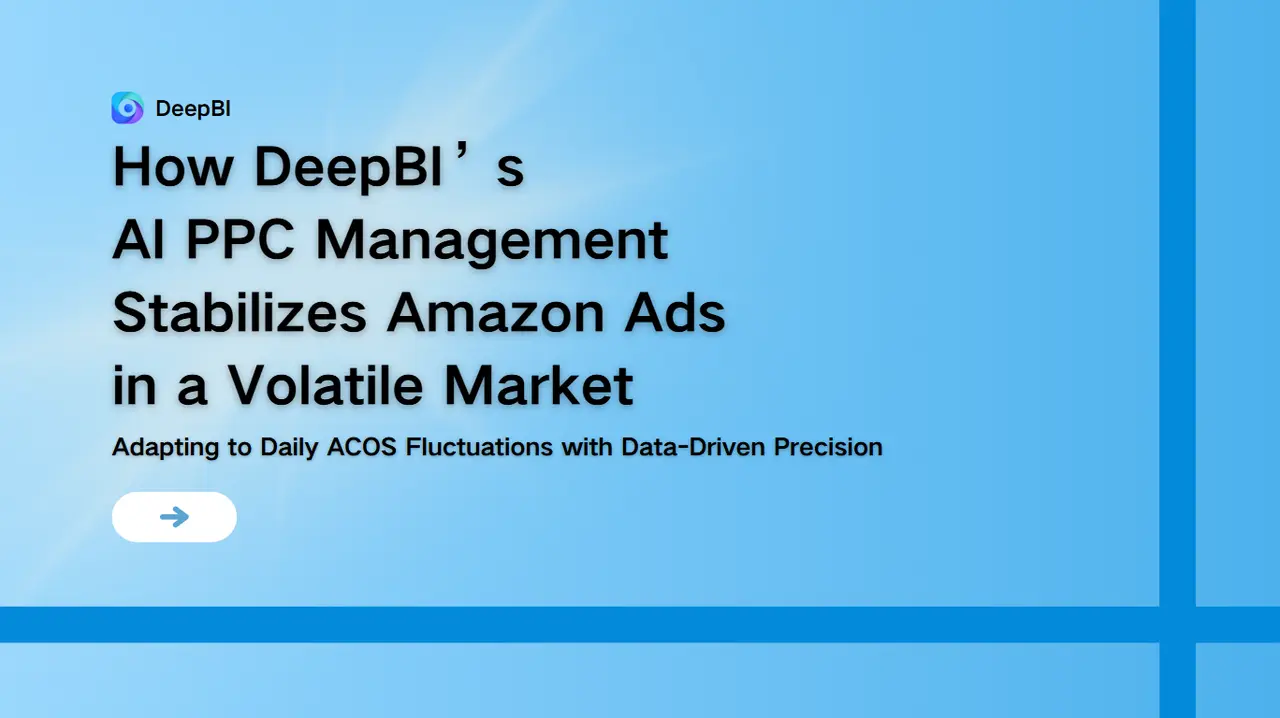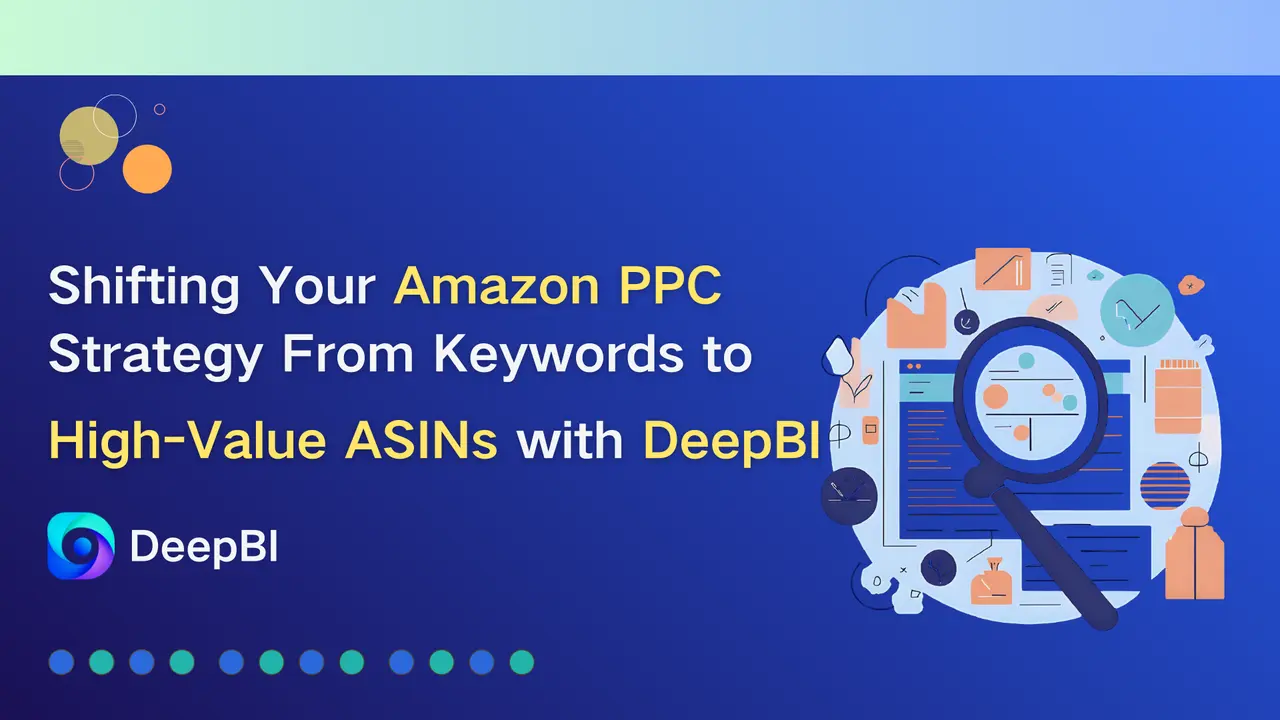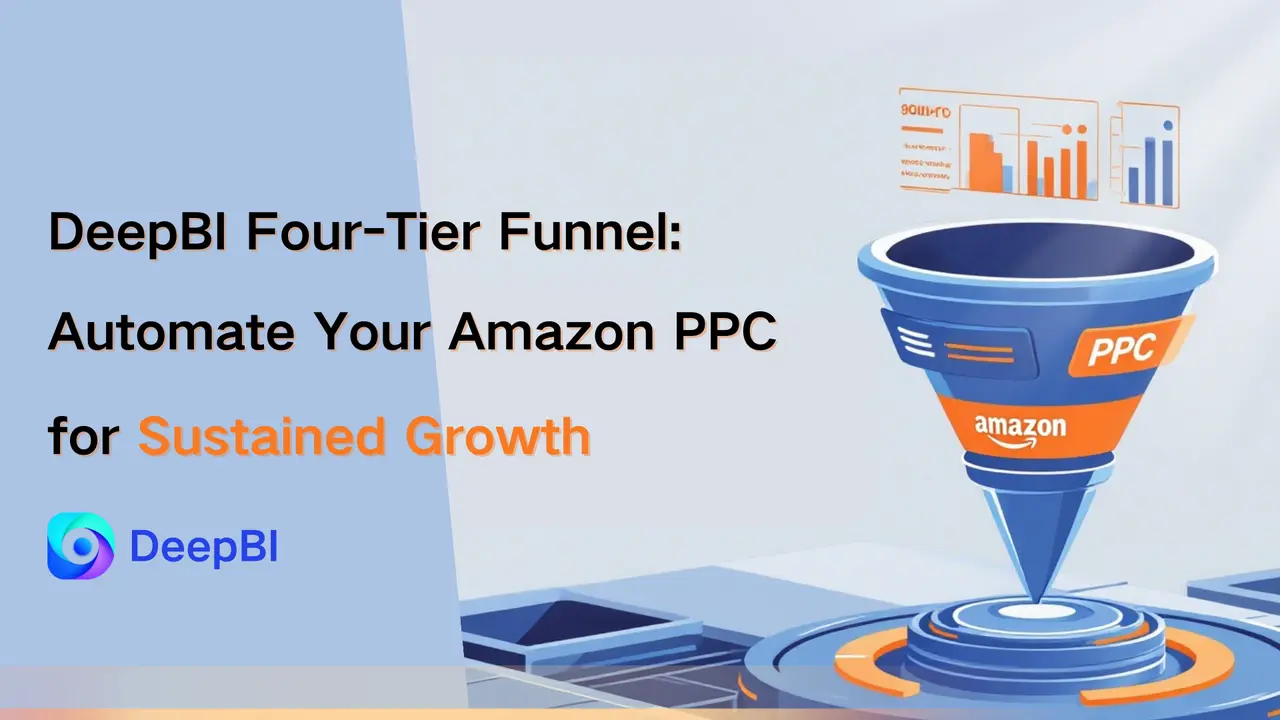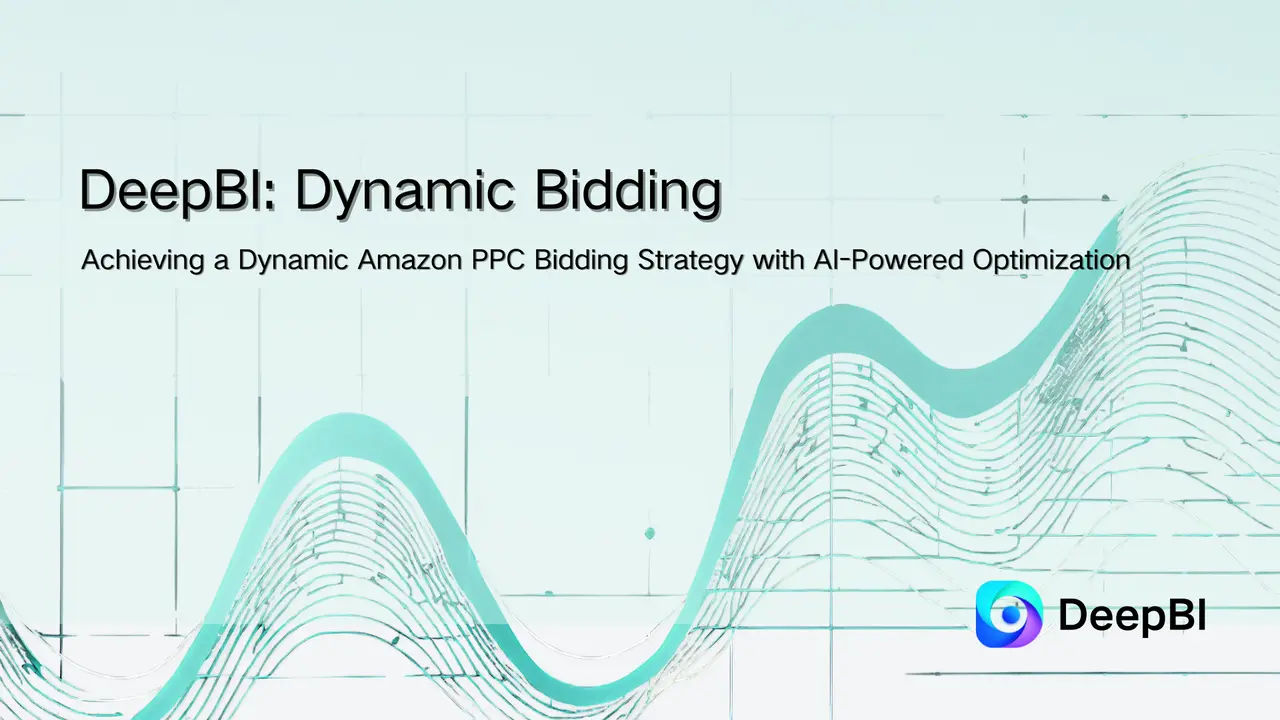Introduction: The Daily Struggles of Amazon Sellers
If you've run Amazon PPC campaigns, you've likely faced situations like these:
- Yesterday ACOS was 25%. Today it spiked to 60%.
- A keyword converted well in the morning but completely failed in the afternoon.
- Budgets burned out halfway through the day, and you couldn't tell whether it was due to keyword choice or bidding errors.
Many sellers spend hours every day watching reports and adjusting bids, yet still struggle to keep up with Amazon's fast-changing environment.
In forums and comment sections, you often see questions like:
- "I lowered my bid by 20%, but ACOS didn't change—why?"
- "After cutting bids, my orders dropped by half and ACOS actually got worse."
- "Should I adjust my ads daily or weekly?"
These are not trivial concerns. They point to a core truth: manual optimization simply can't keep up with Amazon's daily volatility.
Why Manual Optimization Struggles with Amazon PPC
Frequent and sharp fluctuations
Bid competition, traffic volume, and conversion rates shift constantly due to competitor actions, category trends, and Amazon's algorithm updates.
A keyword might average 25% ACOS over seven days—but on a daily basis, it can swing from 18% to 45%.
Limited human capacity
An account manager may be responsible for hundreds of ASINs and thousands of keywords.
They can only "watch the big picture," not fine-tune every keyword or placement.
Adjustments based on gut feeling
The typical rule of thumb is "adjust by 10–20%."
But different keywords have entirely different dynamics. A one-size-fits-all cut is often either too aggressive or too weak.
Slow reaction time
By the time humans spot a problem, analyze the cause, and make a change, the opportunity has already passed.
Common Market Practices (and Their Limits)
Long-tail keyword strategy
- ✅ Lower competition, higher intent.
- ❌ But limited in scale.
Gradual bid adjustments
- ✅ More stable than drastic changes.
- ❌ Too slow in a high-volatility environment.
Amazon dynamic bidding (down only / up & down / fixed)
- ✅ Automates bid shifts based on conversion probability.
- ❌ Built on Amazon's probability models, not your profit goals.
- ❌ Seller feedback is mixed—some see improvements, others report higher ACOS.
👉 These methods address part of the problem, but they remain experience-driven, not data-driven.
They answer "what to do"—but not "how much to do."
DeepBI's Approach: AI Precision in Amazon PPC
1. From raw data to precise indicators
Instead of vague statements like "this keyword looks expensive," DeepBI runs exact calculations on every keyword and ASIN:
- Keyword A: ACOS = 25.3%, exceeding target threshold by 5.32%.
- Keyword B: Yesterday's impressions = 520 (above threshold) → flagged for exposure control.
- ASIN C: Underperforms overall → scheduled for removal.
This creates a "health check report" of your ad account—every detail quantified.
2. Strategy level: Deciding the right action
Manual: "ACOS is high, let's lower the bid."
DeepBI: "ACOS is high, exceeding threshold, consistent over 7 days, with sufficient impressions yesterday → trigger exposure control strategy."
The system cross-checks stability and sample size, so it doesn't overreact to random daily swings.
3. Parameter level: Calculating how much
Manual: one-size-fits-all cuts like -10% or -20%.
DeepBI: reviews bid history, conversion patterns, and placement data to compute the optimal reduction.
- Could be -3.27%.
- Could be -1.15%.
Not too heavy, not too light—just right.
The system also applies cooldown periods to prevent over-adjustment.
4. Closed-loop strategy execution
DeepBI's optimizations work in tandem:
- Auto keyword & ASIN harvesting → expand traffic pool.
- Exposure control → cut wasted impressions.
- ACOS control → stabilize profitability.
- Dynamic budget allocation → maximize efficiency at the account level.
It's not isolated actions—it's a full cycle.
Why "Cutting 20%" Often Fails
In community forums, sellers often share the same frustration:
- "I lowered my bids by 20%, but ACOS didn't move."
- "After cutting bids, sales volume dropped in half and ACOS actually went higher."
The issue with this rule-of-thumb approach is that it ignores the data foundation:
- Stability check: Was the high ACOS a stable trend, or just a one-day spike?
- Sample size: Did yesterday generate enough impressions to make the result meaningful?
- Adjustment range: Is -20% the right move, or would -3.27% be more appropriate?
👉 Without these checks, you risk overcorrecting. Bids sink, ad placements collapse, and ACOS may worsen instead of improving.
Instead of applying the same 20% cut to every keyword, DeepBI uses layered conditions. The system looks at both 7-day ACOS trends and yesterday's impressions to confirm whether the problem is stable and statistically valid. Only then does it calculate an appropriate bid reduction. Different conditions trigger different adjustment levels, avoiding wasted spend and keeping campaigns on track.
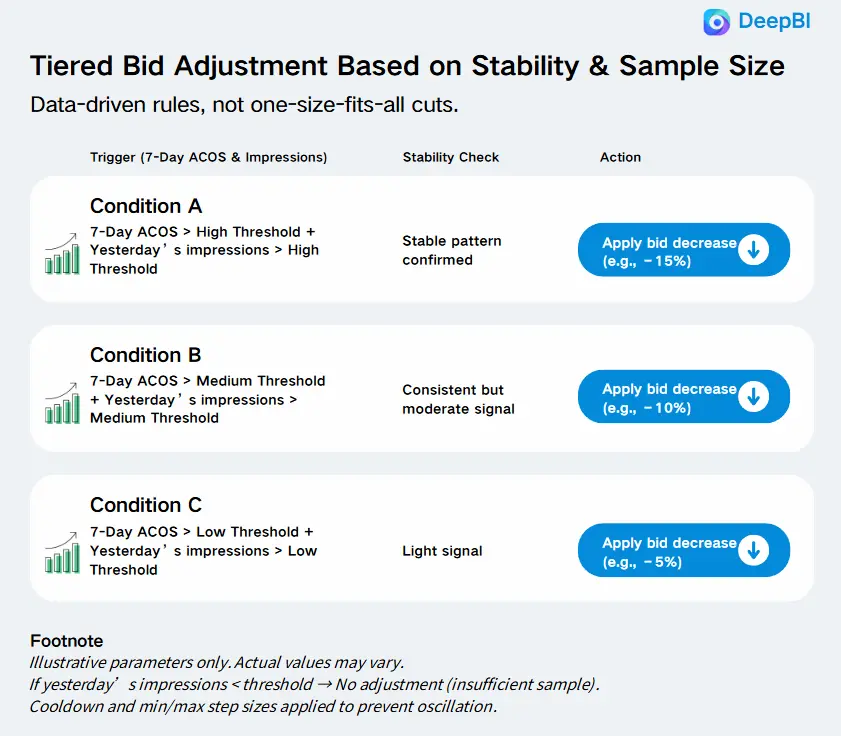
Figure: Example of DeepBI's tiered bid adjustment logic.
When 7-day ACOS is high and impression volume is sufficient, the system applies a calculated reduction (e.g., -15%, -10%, -5%) depending on data thresholds. Parameters shown here are illustrative only and do not represent actual values.
Case Study: European Apparel Seller
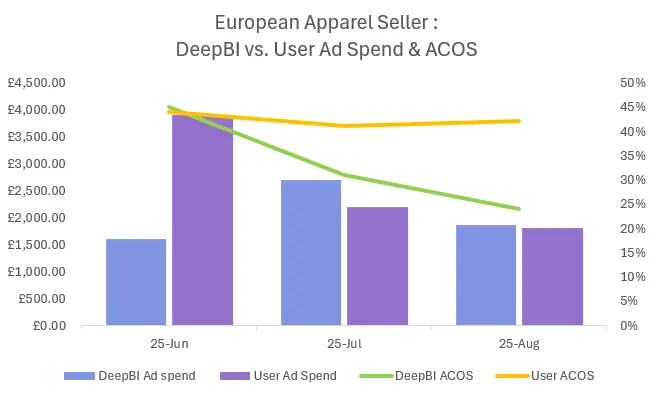
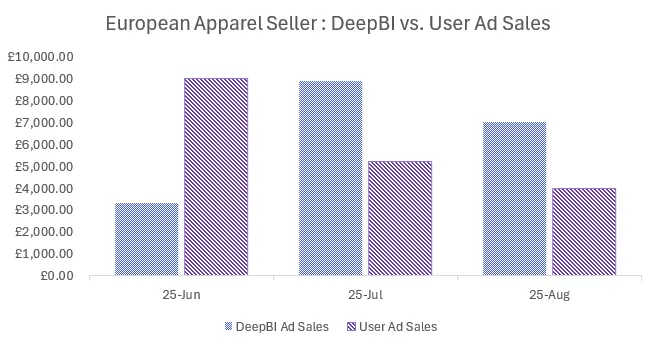
Initial Situation
- In June 2025, a European apparel seller's Amazon ad campaigns were running at an ACOS close to 50%.
- Manual bid cuts were attempted, but profitability remained under heavy pressure.
DeepBI Intervention
- DeepBI diagnosed each keyword and ASIN, confirming that the high ACOS pattern was consistent rather than random.
- With sufficient sample size verified, the system applied precise bid reductions—avoiding flat 20% cuts.
Results
- By July and August, ACOS stabilized around 20%.
- Advertising sales continued to grow steadily, demonstrating that lower ACOS did not come at the expense of sales volume.
👉 This case highlights how AI-driven precision outperforms manual guesswork—controlling costs while sustaining growth.
Key Takeaways
- Amazon PPC volatility is inevitable. Manual methods are too slow, too vague, and too reliant on human intuition.
- Experience rules help partly but don't solve the core problem. They can't answer "how much."
- DeepBI is different. It delivers precision: from data diagnosis, threshold checks, and historical review, to exact bid calculations.
Even if you don't use DeepBI today, here's what you can apply immediately:
- Always confirm if a problem is stable—don't overreact to one bad day.
- Don't cut all bids by 20%. Adjustments must be calculated.
- Treat actions as part of a system—bids, budgets, inventory, and overall goals work together.
In today's Amazon marketplace, where volatility is the norm, those who can adjust faster, smarter, and more precisely will win.


